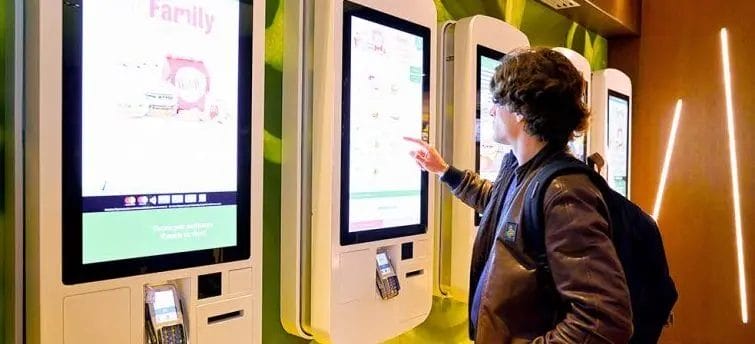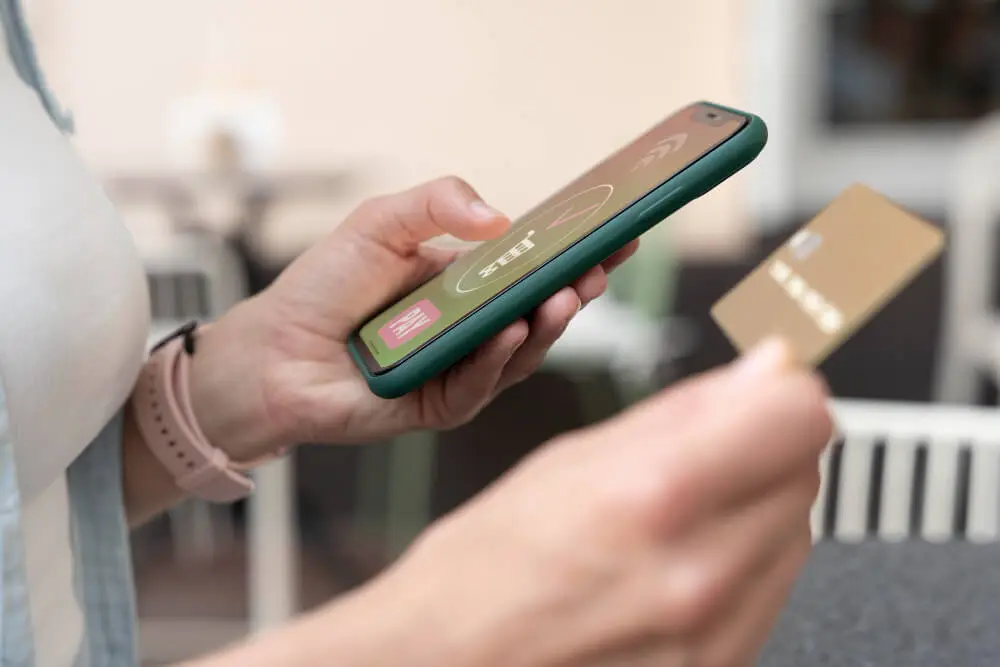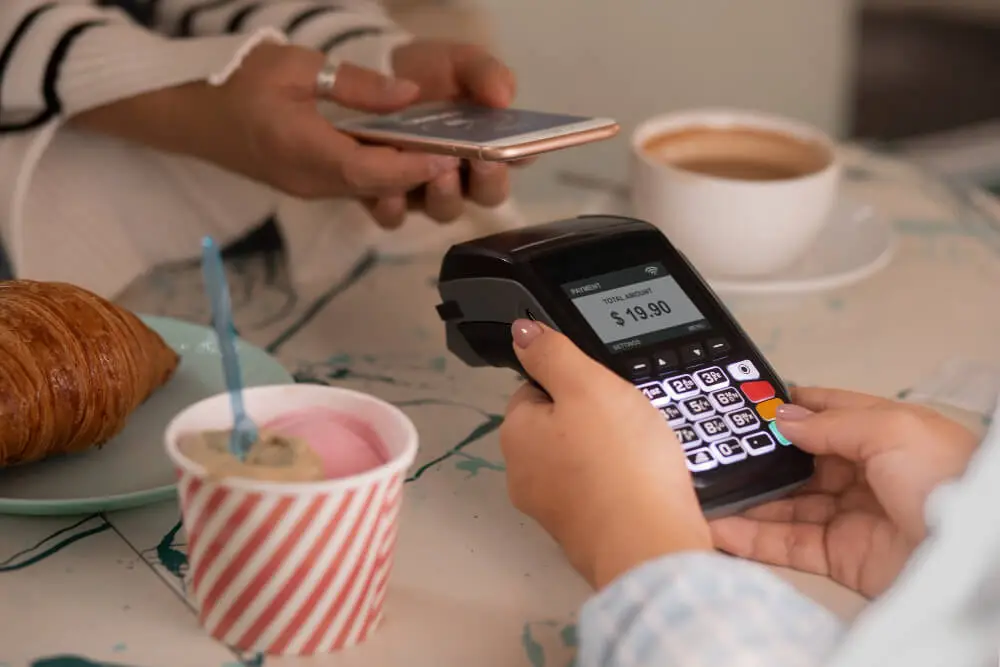Over the last couple of years, self-ordering kiosks have become a common feature in fast food and Restaurant chains across the globe. These innovative touch-screen devices have taken the dining experience to the next level, offering customers an efficient and convenient way to place their orders. In this article, we will delve into the world of self-ordering kiosks for restaurants, exploring their recent growth, the reasons behind their increasing popularity, and the impact they have on streamlining the ordering process. Let’s embark on this journey to understand how self-ordering kiosks are revolutionizing the way we dine.
Get Cloud POS System For Your Restaurant: Secure & Easy Ordering
What are Self-Ordering Kiosks?
Self-ordering kiosks are interactive digital terminals placed within restaurants, allowing customers to independently browse the menu, customize their orders, and make payments seamlessly. These kiosks are equipped with user-friendly interfaces, making the ordering process intuitive and efficient. Customers can browse through the menu items, make modifications based on their preferences, and complete the transaction without the need for human intervention. The emergence of self-ordering kiosks for restaurants signifies a departure from traditional ordering methods and embraces technology to enhance customer experiences.
Recent Growth of Kiosks in Restaurants
In recent years, the adoption of self-ordering kiosks in restaurants has witnessed exponential growth. This trend can be attributed to several factors, including the increasing demand for efficiency, convenience, and contactless interactions. With customers seeking quicker service and personalized experiences, restaurants are embracing technology to cater to these expectations. The COVID-19 pandemic further accelerated the adoption of self-ordering kiosks, as they minimize physical contact between staff and customers, aligning with health and safety guidelines. According to industry reports, the self-service kiosk market is projected to continue its upward trajectory, transforming the restaurant landscape globally.
Why Restaurants Need Self-Ordering Kiosks?
Convenience at Your Fingertips
Self-ordering kiosks offer unparalleled convenience to both customers and restaurant operators. Customers can take their time exploring the menu, viewing images and descriptions of dishes, and making customizations to suit their preferences. This level of control enhances the overall dining experience, as orders are accurate and tailored to individual tastes. On the other hand, restaurants benefit from streamlined operations, as the kiosks reduce order inaccuracies and free up staff to focus on other critical tasks.
Speed and Efficiency
Long gone are the days of waiting in lengthy queues to place an order. Self-ordering kiosks drastically reduce waiting times, ensuring that customers can swiftly place their orders and get back to enjoying their dining experience. This speed and efficiency are particularly beneficial during peak hours when restaurants experience a surge in customer traffic. By minimizing wait times, restaurants can serve more customers, resulting in increased revenue.
Upselling Opportunities
Self-ordering kiosks for restaurants provide a unique platform to implement upselling strategies. Through strategic placement of menu suggestions and add-ons, kiosks can encourage customers to explore additional items they might not have considered. This not only increases the average transaction value but also exposes customers to a wider range of menu offerings.
Enhance Order Accuracy
Miscommunication between customers and staff can lead to order inaccuracies, which can result in customer dissatisfaction. Self-ordering kiosks eliminate this issue by allowing customers to input their orders directly, reducing the chances of errors caused by misinterpretation. Accurate orders lead to happier customers, improved reviews, and a positive brand reputation.
Quick-and-Easy Ordering Experience with Restaurant Kiosks
The experience of using self-ordering kiosks in restaurants is designed to be straightforward and intuitive. Here’s how it works:
- Interactive Menu: Customers are greeted by a user-friendly touch-screen interface displaying the restaurant’s menu items. Each item is accompanied by vivid images and descriptions, helping customers make informed choices.
- Customization: Customers can easily customize their orders, choosing ingredients, portion sizes, and additional toppings as per their preferences. This level of customization ensures that each order is tailored to the individual’s taste.
- Payment Options: After finalizing the order, customers can proceed to the payment stage. Self-ordering kiosks support multiple payment methods, including credit/debit cards, mobile wallets, and contactless payments.
- Order Confirmation: Once the payment is complete, customers receive a digital receipt and order confirmation. They can then proceed to find a comfortable spot to enjoy their meal while the kitchen prepares their order.
Conclusion: Embracing a Technological Dining Revolution
As the restaurant industry evolves to meet the demands of modern consumers, self-ordering kiosks have emerged as a pivotal solution. These digital terminals offer a quick, convenient, and customized way for customers to place their orders, while also benefiting restaurants through enhanced efficiency and order accuracy. The recent surge in the adoption of self-ordering kiosks underscores their effectiveness in revolutionizing the dining experience. Whether it’s speeding up service, ensuring order accuracy, or accommodating dietary preferences, self-ordering kiosks are shaping the future of restaurants. So, the next time you visit a restaurant, keep an eye out for these innovative devices and enjoy a seamless and enjoyable dining experience!
FAQs about Self-Ordering Kiosks for Restaurants
Are self-ordering kiosks only for fast-food restaurants?
Self-ordering kiosks are adaptable to various types of restaurants, from fast-food chains to casual dining establishments. Any restaurant that aims to enhance the ordering process, improve efficiency, and provide a seamless customer experience can benefit from self-ordering kiosks.
Can older customers easily use self-ordering kiosks?
Yes, self-ordering kiosks are designed with user-friendliness in mind. The interfaces are intuitive, and customers of all ages can navigate through the menu, make selections, and complete orders without difficulty. Additionally, staff are usually available to assist customers who may need guidance.
How do self-ordering kiosks handle dietary restrictions?
Self-ordering kiosks are equipped to handle dietary restrictions and preferences. Customers can use the kiosk to customize their orders, omitting ingredients they are allergic to or selecting healthier options.
Are self-ordering kiosks secure for payment transactions?
Yes, self-ordering kiosks prioritize security during payment transactions. They use encryption and secure payment gateways to protect customers’ financial information, ensuring a safe and secure ordering experience.
Can customers still interact with restaurant staff when using kiosks?
Absolutely. While self-ordering kiosks streamline the ordering process, they do not eliminate the human touch. Restaurant staff are available to assist with any queries, provide recommendations, and ensure that customers have an enjoyable dining experience.






